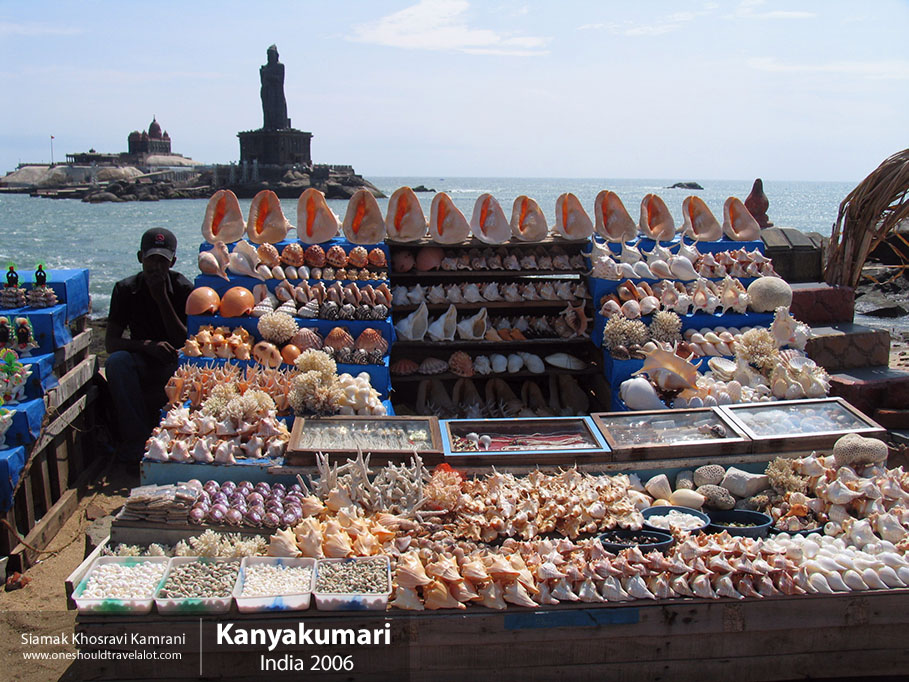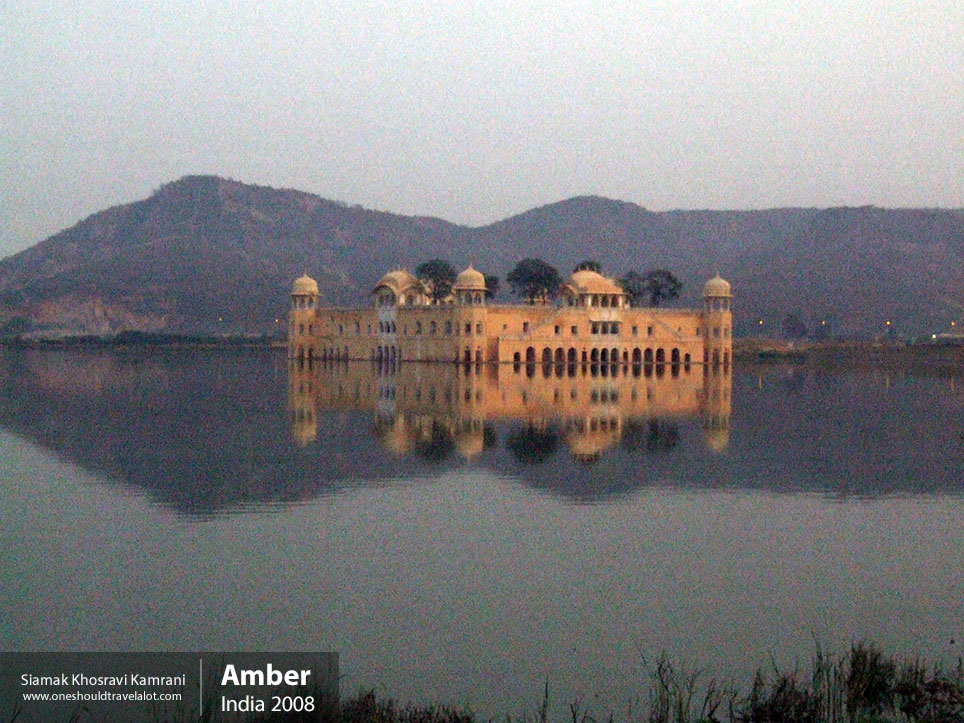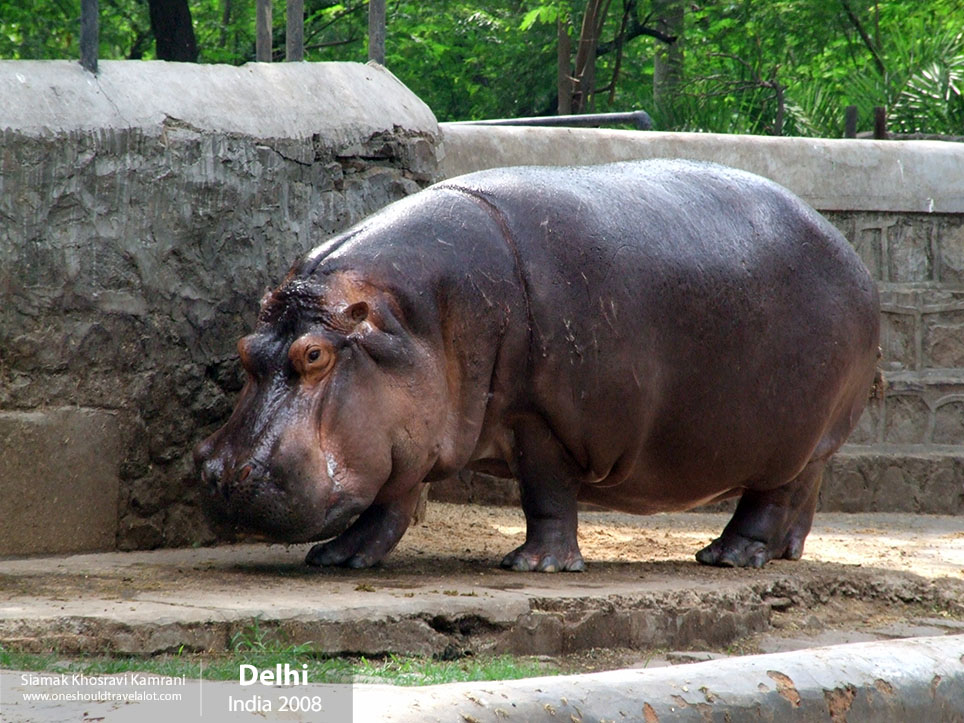Discovering the Magic of Leh: A Photographer’s Journey
Nestled in the far reaches of Northern India, the city of Leh, the capital of the Ladakh region, is a haven for adventurers and photographers alike. Situated at an elevation of 3,524 meters (11,562 feet), Leh is a place where the rugged beauty of the Himalayas meets the rich tapestry of Tibetan culture. As a young photographer, the journey to Leh is not just a travel experience; it’s a pilgrimage to capture the unspoiled beauty and vibrant life of this unique city.
First Impressions
Arriving in Leh, the first thing that strikes you is the clarity of the air and the stark, breathtaking landscape. The city is a labyrinth of narrow streets and alleys, with ancient monasteries perched precariously on hilltops, overlooking the bustling bazaars below. The altitude requires a period of acclimatization, but it also provides the perfect opportunity to take in the serene environment and plan the photographic journey ahead.
The Cultural Mosaic
Leh is a melting pot of cultures, primarily influenced by Tibetan Buddhism. The city is dotted with gompas (Buddhist monasteries), chortens (stupas), and prayer wheels, each offering a glimpse into the spiritual life of the Ladakhi people. The local population is predominantly of Tibetan descent, and the influence of Tibetan culture is evident in the architecture, cuisine, and festivals.
Languages and Ethnicities
The primary language spoken in Leh is Ladakhi, a Tibetan dialect. However, Hindi and English are widely understood, making it easier for travelers to communicate. The ethnic composition is mainly Tibetan, with a mix of Kashmiri and Balti communities, adding to the rich cultural mosaic of the city.
Exploring Leh Through the Lens
The Old Town
A walk through the old town of Leh feels like stepping back in time. The traditional mud-brick houses, adorned with colorful prayer flags, create a picturesque setting. The narrow streets are lined with shops selling Tibetan handicrafts, jewelry, and thangka paintings. The Leh Palace, a nine-story structure built in the 17th century, dominates the skyline. Although partially in ruins, it offers panoramic views of the city and the surrounding mountains, making it a must-visit for any photographer.
Monasteries and Spirituality
Leh is home to some of the most magnificent monasteries in the region. Hemis Monastery, the largest in Ladakh, is a treasure trove of Buddhist art and culture. Its annual Hemis Festival, featuring masked dances and traditional music, is a vibrant spectacle that draws visitors from around the world. Thiksey Monastery, resembling the Potala Palace of Lhasa, is another architectural marvel. The early morning prayers at Thiksey, accompanied by the resonant chants of the monks, provide a serene and spiritual start to the day.
Natural Wonders
The landscapes around Leh are nothing short of spectacular. The azure waters of Pangong Lake, stretching across the Indo-China border, reflect the changing colors of the sky, creating a mesmerizing palette for photographers. Nubra Valley, with its sand dunes and double-humped Bactrian camels, offers a stark contrast to the rocky terrain of Leh. The confluence of the Zanskar and Indus rivers, known as Sangam, is another natural wonder that shouldn’t be missed. The contrasting colors of the two rivers merging into one create a striking visual.
Immersing in Local Life
Cuisine
Ladakhi cuisine is hearty and flavorful, designed to provide sustenance in the harsh mountain climate. Momos (dumplings), thukpa (noodle soup), and skyu (a traditional pasta dish) are staples that you must try. The local tea, gur-gur chai, made with butter and salt, is an acquired taste but a perfect companion for the cold weather. Exploring the local eateries and savoring these traditional dishes offers a deeper understanding of the Ladakhi way of life.
Festivals and Traditions
Leh’s festivals are a vibrant expression of its cultural heritage. The Ladakh Festival, held in September, showcases traditional music, dance, and sports. The colorful costumes and lively performances provide ample opportunities for capturing the essence of Ladakhi culture. Losar, the Tibetan New Year, is another significant festival marked by elaborate rituals and celebrations. Participating in these festivals allows you to witness the communal harmony and spiritual fervor of the people.
The Standard of Living and Societal Conditions
Leh, despite its remote location, has a surprisingly high standard of living. The local government has invested in infrastructure, providing residents with access to basic amenities such as healthcare, education, and clean drinking water. The city is also moving towards sustainable development, with initiatives like solar energy projects and waste management systems. The hospitality of the Ladakhi people adds to the welcoming atmosphere of the city.
Challenges and Resilience
Living in Leh comes with its challenges, primarily due to the harsh climatic conditions and geographic isolation. The winter months can be particularly severe, with temperatures dropping well below freezing. However, the resilience of the Ladakhi people is evident in their ability to adapt and thrive in these conditions. The sense of community and mutual support plays a crucial role in their daily lives.
The Atmosphere of Leh
Leh exudes a sense of peace and tranquility that is hard to find elsewhere. The absence of urban noise, coupled with the majestic backdrop of the Himalayas, creates an idyllic environment for reflection and creativity. The pace of life here is unhurried, allowing you to fully immerse yourself in the experience. As a photographer, this atmosphere provides the perfect setting to capture the raw beauty and cultural richness of the region.



